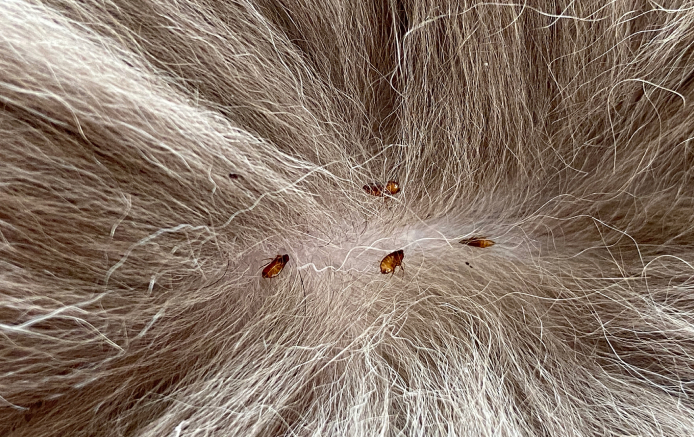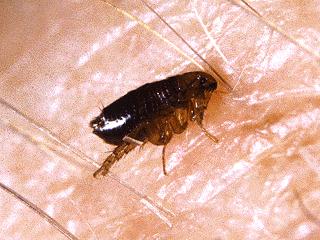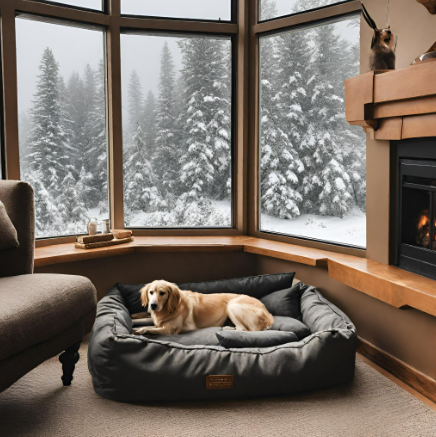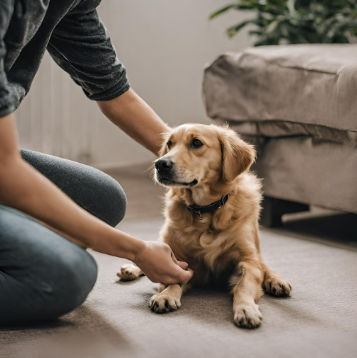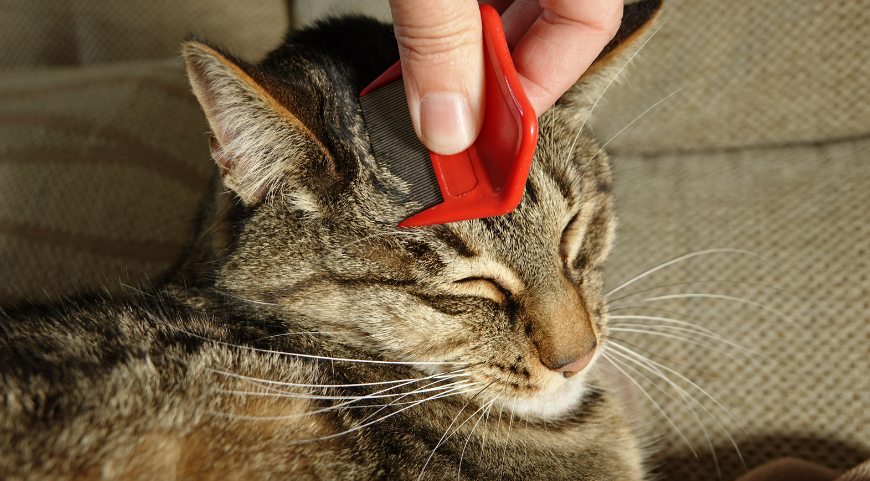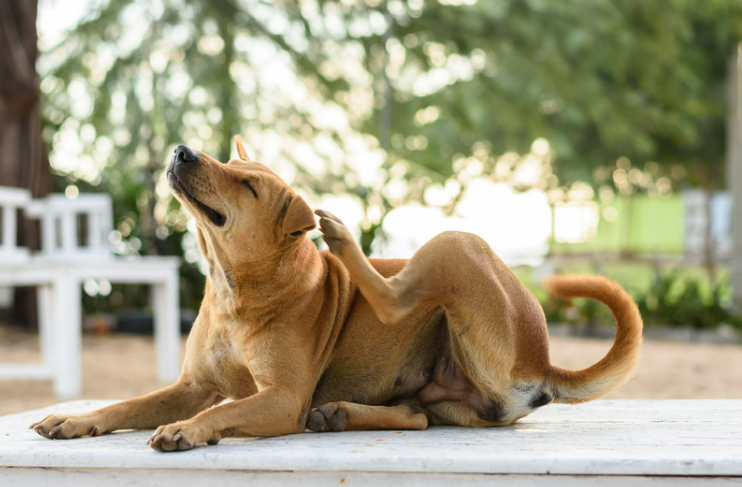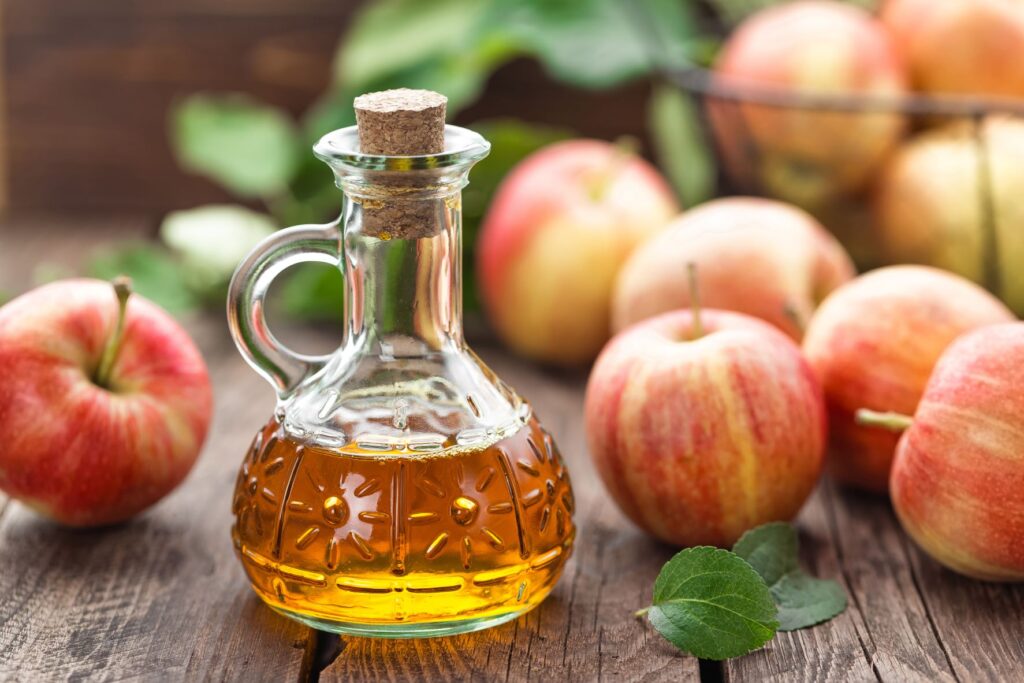Introduction: Understanding Flea Habitats
Unveiling Flea Habitats. Fleas, tiny yet troublesome, are more than just a nuisance. Understanding their habitats is crucial for effective control. These parasites, experts in survival, thrive in environments often overlooked. In homes, they prefer cozy, undisturbed spots like carpets and pet bedding. Outside, they’re found in shady, moist areas, often hitchhiking on unsuspecting hosts. The key to tackling flea infestations lies in knowing their preferred habitats. This knowledge not only aids in effective eradication but also helps prevent future infestations. …For even more interesting Flea Articles, Click here!
Our journey into the world of fleas reveals surprising facts. For instance, did you know that a flea’s life cycle can be influenced by environmental conditions? According to the Centers for Disease Control and Prevention (CDC), temperature and humidity play pivotal roles in flea development. This insight is vital for understanding their seasonal patterns and developing targeted control strategies.
Join us as we delve deeper into the habitats of these resilient creatures. We’ll explore their favorite indoor and outdoor hideouts, the seasonal variations in their life cycle, and the unexpected places they may lurk. With this comprehensive understanding, we’ll empower you to effectively combat these tiny invaders and maintain a flea-free environment.
Common Flea Habitats: Inside Your Home
Discovering the common indoor habitats of fleas is the first step in effective control. These pests have a knack for finding the coziest spots in our homes. Let’s uncover their preferred indoor hideouts.
Carpets and Furniture: The Hidden World of Fleas in Household Fabrics

Fleas love the warmth and shelter provided by carpets and upholstered furniture. These areas offer an ideal environment for fleas to lay eggs and for larvae to develop. Regular vacuuming, especially in secluded corners and under furniture, is crucial. A study by Ohio State University shows that vacuuming can eliminate up to 96% of adult fleas. This makes it a powerful tool in disrupting the flea life cycle.
Pet Bedding: Fleas’ Favorite Breeding Grounds
Pet bedding is a flea paradise. It’s where pets spend a lot of their time, and thus, it’s a hotspot for flea activity. Fleas feed on pets’ blood and lay eggs in their bedding. Washing pet bedding regularly in hot water can significantly reduce flea populations. Unveiling Flea Habitats
Dark and Humid Places: Under Furniture and in Corners
Fleas thrive in dark, humid places like under furniture and in corners of rooms. These areas provide a safe haven for fleas away from sunlight, which they dislike. Ensuring these areas are clean and dry helps in limiting flea infestations.
By targeting these key indoor habitats, you can greatly reduce the likelihood of a flea infestation in your home. Remember, consistent cleaning and maintenance are your best defenses against these resilient pests.
Outdoor Flea Habitats: The Wild Domain
While indoor flea control is crucial, understanding their outdoor habitats is equally important. Fleas find numerous spots outside to survive and multiply, often close to our living spaces. Let’s explore the common outdoor areas where fleas thrive, to better protect our homes and pets.
Tall Grass and Shaded Areas: Preferred Outdoor Hiding Spots
Fleas favor tall grass and shaded areas in gardens and yards. These spots provide a cool, moist environment ideal for their survival. Regular lawn mowing and yard maintenance can significantly reduce these flea-friendly habitats. The University of Kentucky College of Agriculture emphasizes the importance of sunlight in these areas to deter flea infestations. Unveiling Flea Habitats
Animal Nests and Dens: How Fleas Hitchhike on Wildlife
Wild animals like rodents and birds often carry fleas into our yards. Fleas live and breed in these animals’ nests and dens. It’s vital to discourage wildlife from nesting near our homes. Sealing off potential nesting spots and keeping yards clean can help keep these uninvited guests—and their fleas—at bay.
Your Backyard: Identifying Risky Areas Around Your Home

Your own backyard can be a breeding ground for fleas. Areas under decks, porches, and shrubs are often moist and shaded, making them ideal for flea activity. Keeping these areas well-trimmed and dry is key to reducing flea populations. Additionally, flea prevention treatments in these areas can provide an extra layer of protection. Unveiling Flea Habitats
By focusing on these outdoor habitats, we can create a less inviting environment for fleas, thereby safeguarding our homes and pets. Proactive outdoor maintenance plays a critical role in comprehensive flea control.
Seasonal Variations in Flea Habitats
Fleas are not just a year-round nuisance; their presence and behavior vary with the seasons. Understanding these seasonal patterns is crucial for effective flea management. Let’s delve into how flea activity changes with the seasons and the corresponding strategies for control.
Summer and Spring: Peak Flea Activity and Breeding
In the warmer months, fleas are most active. The heat and humidity of summer and spring provide ideal conditions for fleas to breed and multiply rapidly. During these seasons, it’s essential to be vigilant in flea control both indoors and outdoors. Regular pet grooming and yard maintenance can help keep flea populations in check. The Environmental Protection Agency (EPA) highlights the importance of treating pets and outdoor areas to prevent flea infestations in these peak seasons.
Winter and Fall: Flea Survival Tactics in Colder Months
Fleas don’t disappear in the colder months; they simply adapt. In winter and fall, they seek warmth and shelter, often finding refuge in homes. This makes indoor flea control particularly important during these seasons. Ensuring homes are well-sealed against pests and maintaining regular cleaning routines are effective strategies. Additionally, continuing flea treatments for pets is crucial, as fleas can thrive in the warm environment provided by their fur. Unveiling Flea Habitats
By adapting our flea control strategies to these seasonal variations, we can effectively manage flea populations throughout the year. Being proactive and understanding the seasonal dynamics of flea activity are key to keeping these pests at bay.
Unusual and Overlooked Flea Habitats
Fleas can be found in some unexpected places, beyond the typical indoor and outdoor areas. Being aware of these unusual and often overlooked habitats is essential for comprehensive flea control. Let’s explore some of these less obvious locations where fleas can reside. Unveiling Flea Habitats
Secondhand Furniture and Clothing: Hidden Risks
Purchasing secondhand furniture and clothing can unintentionally introduce fleas into your home. Fleas or their eggs can linger in these items, waiting to find a new host. Before bringing any secondhand items into your home, it’s advisable to thoroughly clean and inspect them. The University of California Statewide Integrated Pest Management Program recommends steam cleaning upholstered furniture and washing clothing in hot water as effective ways to eliminate fleas.
Vehicles and Garages: Fleas in Transit
Cars and garages are often overlooked as potential flea habitats. If your pet travels in your car or spends time in the garage, these areas can become breeding grounds for fleas. Regular cleaning of your vehicle’s interior and maintaining a clean, dry garage can help prevent flea infestations in these spaces.
Public Spaces: Fleas Outside the Home Environment
Fleas can also be found in public spaces like parks, vet offices, or pet-friendly areas. These locations can act as hotspots for flea transmission. Being mindful of the environments you and your pet visit, and practicing good hygiene afterward, can reduce the risk of bringing fleas back home.
By paying attention to these unusual and often overlooked habitats, we can further protect our homes and pets from flea infestations. It’s these small, proactive steps that make a big difference in effective flea management.
Preventing and Controlling Fleas in Their Habitats
Effective flea control involves not only understanding where fleas live but also implementing strategies to prevent and manage infestations. By targeting both indoor and outdoor habitats, we can create an environment that’s less inviting to these pests. Let’s explore some key methods to prevent and control fleas in their preferred habitats.
Regular Cleaning and Vacuuming: Key Strategies for Indoor Control
Consistent cleaning and vacuuming are vital in managing indoor flea populations. Regular vacuuming, especially in areas where pets spend time, can remove a significant number of flea eggs, larvae, and adults. The National Pesticide Information Center notes that vacuuming can greatly reduce the number of fleas in carpeted areas. In addition to vacuuming, washing pet bedding and other fabrics in hot water is essential.
Landscaping and Outdoor Maintenance: Reducing Flea Habitats Outside
Maintaining your yard and landscaping is crucial in controlling outdoor flea populations. This includes mowing the lawn regularly, removing debris, and trimming bushes to reduce shady, moist areas where fleas thrive. It’s also advisable to treat outdoor areas with safe, environmentally friendly flea control products.
Flea Treatments: Effective Products and Natural Remedies
There are a variety of flea treatments available, ranging from topical solutions for pets to sprays and powders for the home and yard. Choosing the right product depends on the specific needs of your situation. Natural remedies, like diatomaceous earth and certain essential oils, can also be effective in controlling fleas. However, it’s important to consult with a veterinarian before using any treatments on your pets.
Implementing these prevention and control strategies can significantly reduce the likelihood of flea infestations. Regular maintenance and treatment are the keys to keeping your home and yard flea-free.
Conclusion: Empowering Readers in Flea Control
As we conclude our comprehensive exploration of flea habitats, it’s clear that understanding these environments is pivotal in effective flea management. By delving into the various indoor and outdoor spaces where fleas thrive and adapting our strategies across different seasons and unexpected habitats, we empower ourselves in the fight against these persistent pests.
Recap of Key Points on Flea Habitats
Remember, fleas find refuge in warm, hidden spots inside our homes, like carpets and pet bedding, and thrive outdoors in shady, moist areas. Seasonal changes significantly affect their activity, requiring us to adjust our control methods accordingly. Additionally, being aware of unusual habitats, such as secondhand items and public spaces, is crucial.
Encouragement for Proactive Measures and Continuous Vigilance
The journey to a flea-free environment is ongoing and requires continuous effort. Regular cleaning, vigilant pet care, and proactive landscaping are key. Equally important is staying informed about effective flea treatments and natural remedies.
Additional Resources
For further information and guidance, the American Veterinary Medical Association (AVMA) offers valuable resources on flea and tick prevention. Also, the Environmental Protection Agency (EPA) provides insights into safe and effective flea control methods.
Your proactive approach and informed actions are your best defenses in maintaining a flea-free environment. Armed with this knowledge, you are well-equipped to tackle any flea challenge that comes your way.
